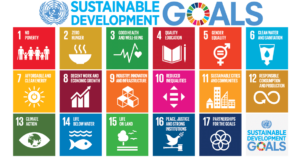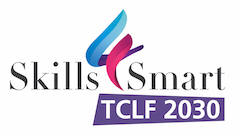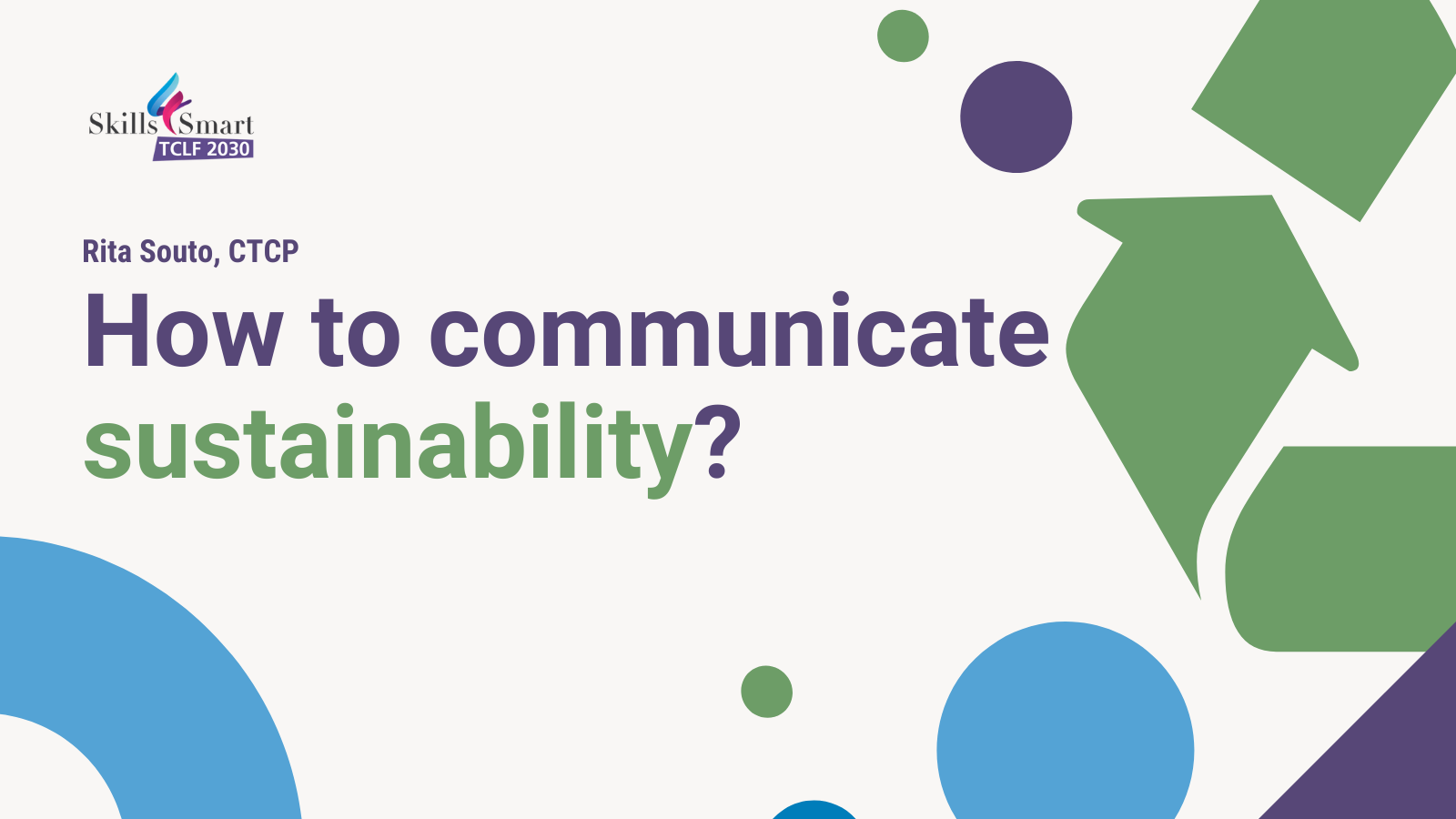The fashion world has changed.
Today’s consumer is aware, critical, and increasingly demanding regarding the origins of products of the manufacturing industry, in particular in the area of clothing and footwear goods. Their main concerns are the origin and quality of leather or textile, human rights, and safe working conditions are just some of the questions raised by consumers.
It is undeniable that there is increasing critical curiosity, essential to generate a purchase decision more aligned with individual concerns about the use of natural resources and the well-being of the people working in the fashion industry. However, the multiplicity and complexity in the communication, as well as implementation of greenwashing techniques, makes it challenging to be sure of the best choice when purchasing a new product.
Agenda 2030 for Sustainable Development
To ensure sustainable development by companies, governments, and society, a global model was created – Agenda 2030 for Sustainable Development. An ambitious agenda of the United Nations aims to eradicate poverty and support equal economic, social and environmental development.
The 2030 Agenda has 17 Sustainable Development Goals that cover several areas, including: access to education and quality health services, the creation of decent jobs, energy and environmental sustainability, the conservation and management of oceans, the promotion of effective institutions, and stable societies and the fight against inequality at all levels.

Today, it is imperative that a brand answers effectively to the consumer about aspects related to the social, environmental, and economic sustainability of the final product. In consequence, those that are operating in the textile industry must ensure that the integration of circular economy principles oriented on recycled or sustainable raw materials are provided and are adequate to the reality.
How to communicate sustainability?
Transparency is the key to sustainable communication.
The commitment to improve (1) the protection and preservation of ecosystems and natural resources, (2) the respect and safety of employees, as well as (3) the traceability and the degree of transparency in the communication are evident in the traditional media and social media networks of the brands and retail groups.
There is no doubt that traceability and transparency are the way to go towards sustainability.
However, the multiplicity and complexity in communication make it challenging to be confident that you’ve made the best choice when purchasing a new product.
Fashion Transparency Index
One of the tools that encourage and pressure brands to be increasingly transparent about their policies and practices is the “Fashion Transparency Index” – a report that measures and ranks the biggest brands and retailers in the fashion world, created by Fashion Revolution.
The transparency of brands towards their consumer is a way of ensuring and showing that they work diligently with suppliers through the value chain and that they are genuinely interested in confirming that the information they give to the customer on the final label presents the truth about the origin and composition of the products they sell.
In consequence, an increasing number of brands, which have understood the importance of commitment and adequate communication have won prominent places in the Transparency Reports.
Summarising
From the supply of materials up to manufacturing and distribution, the supply chain has a crucial role in communicating the origin of the product. It should reply to the demand of its customers and comply with brands’ requirements, accepting corresponding to its challenges of transparency.
By ensuring the truth of its commitment to the pursuit of these objectives, clothing and footwear industries are ready to respond effectively to the next challenges in the area of sustainability.
For more information we invite you to read: https://www.worldfootwear.com/news/how-to-communicate-sustainability/5283.html
Author: Rita Souto (CTCP)


